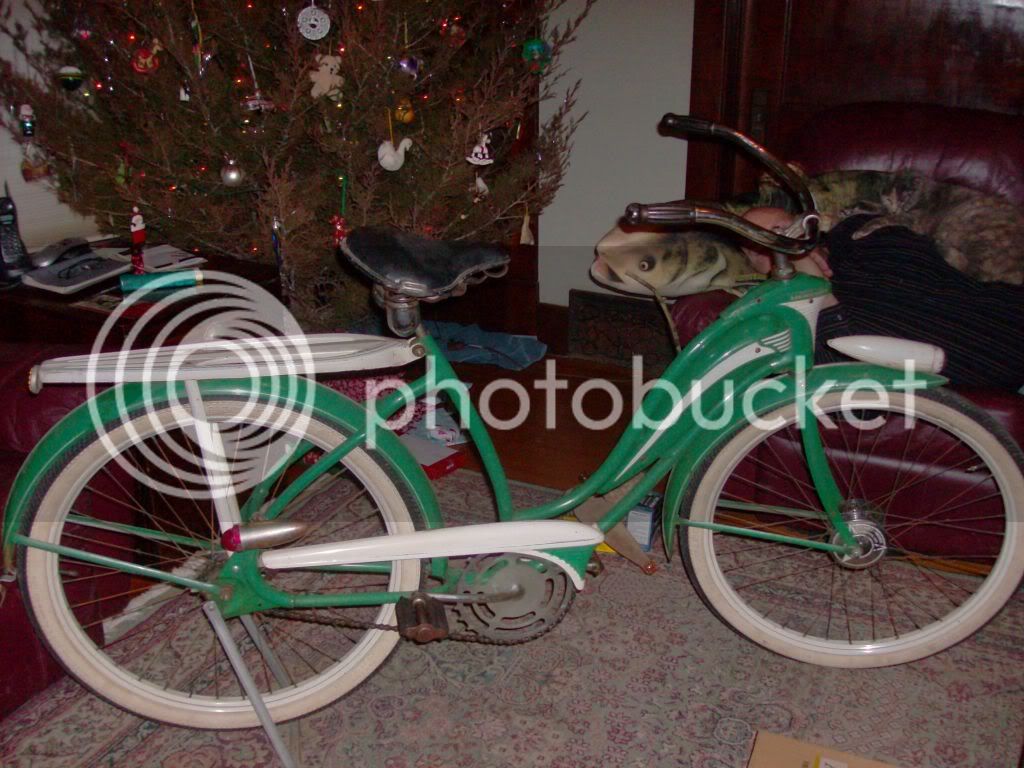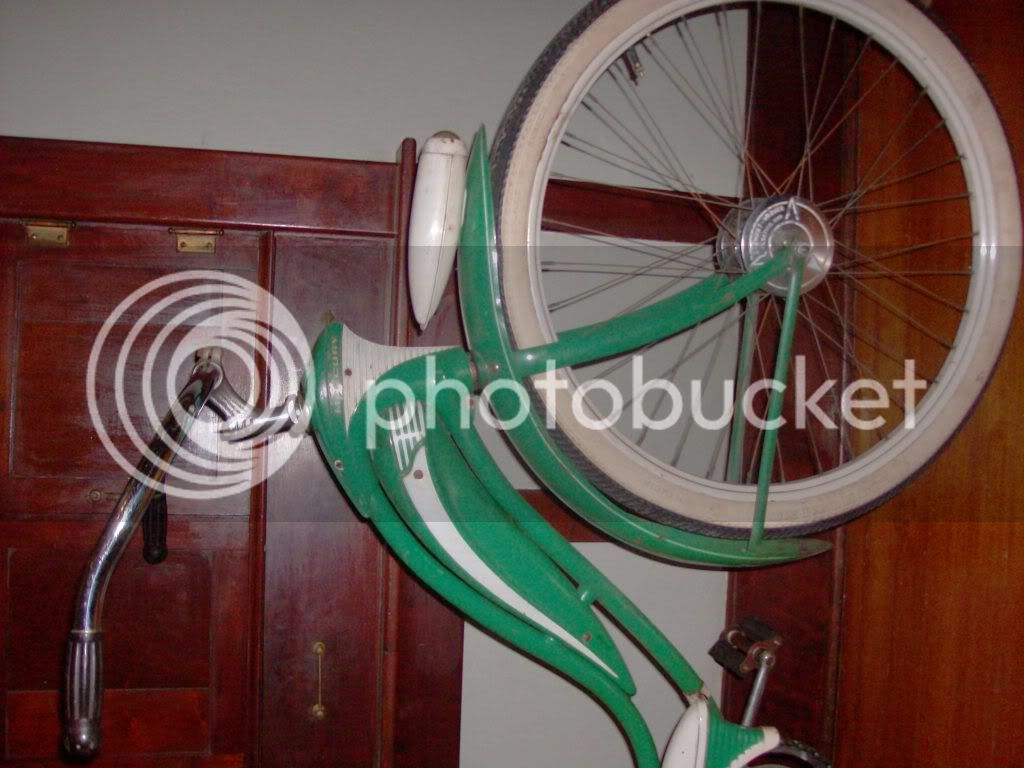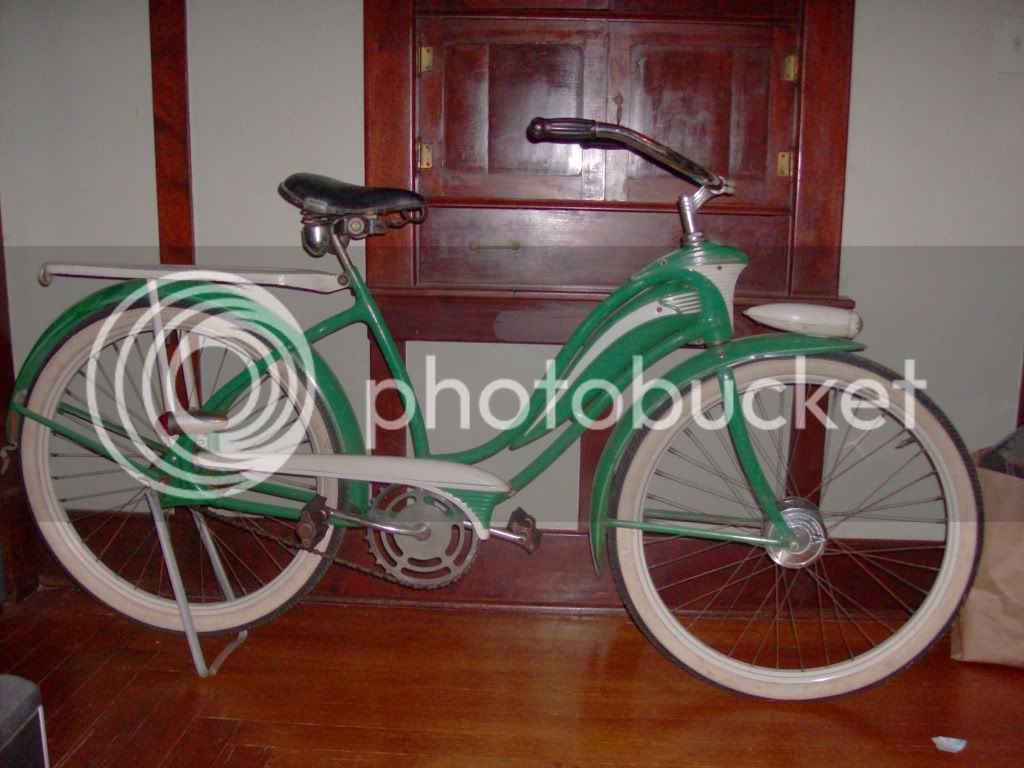We did Christmas early this year because my family will not all be in town. I got this B-E-A-U-T-I-F-U-L Mercury bike. It is all original. I don't know if this qualifies as a "fresh find" but I am so excited, I just had to share.










maddogrider said:Thats pretty cool, how does that floating hub work?
Enter your email address to join: